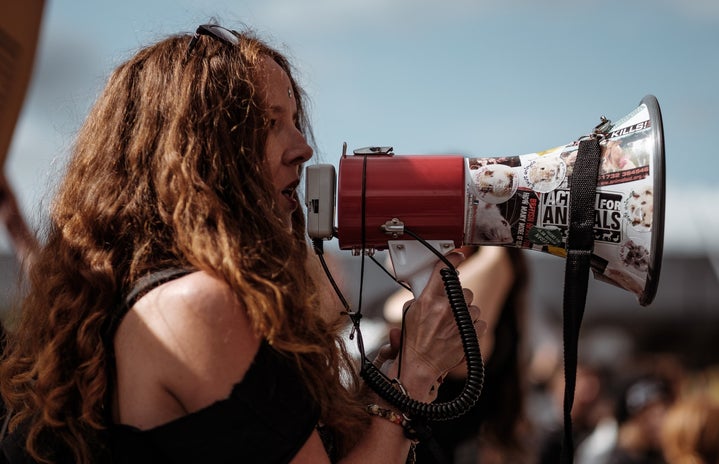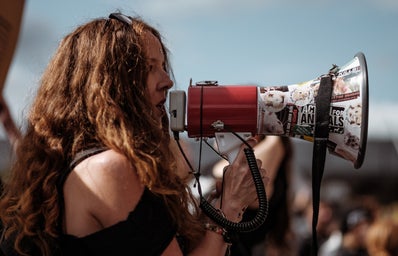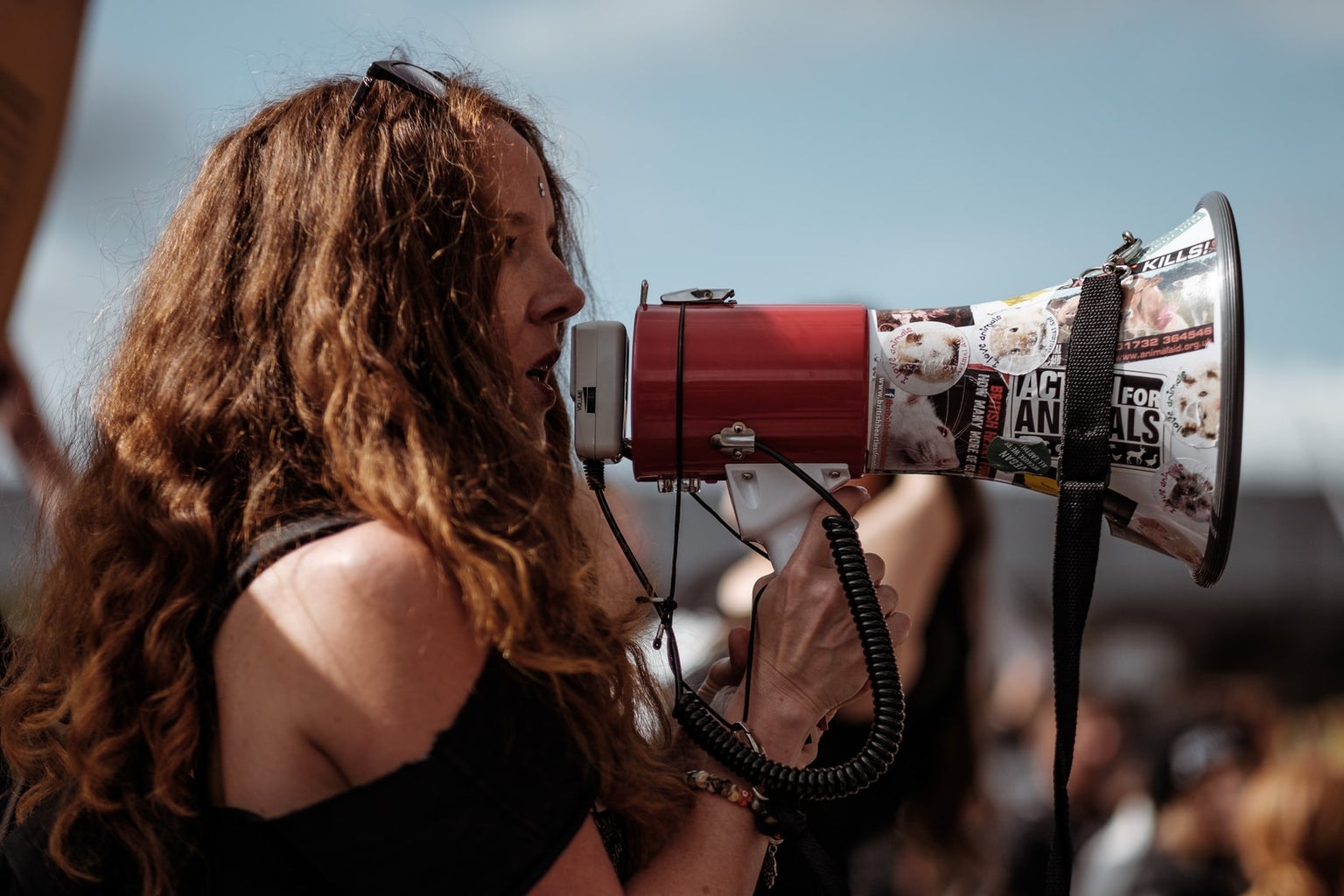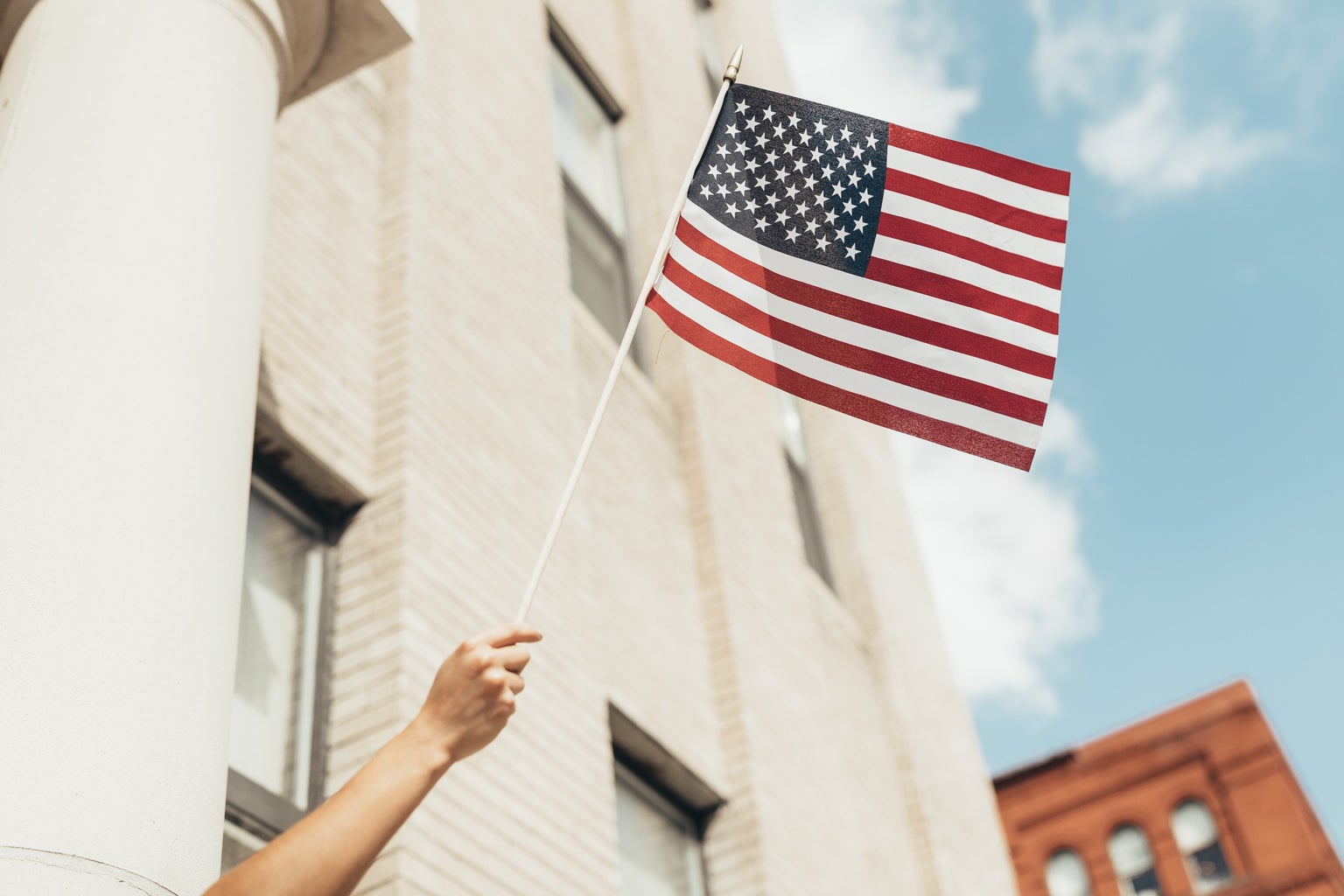In the spirit of Native American History Month being underway, I thought I’d share the stories of some incredible Native American women.
Wilma Mankiller
Wilma Mankiller was an activist since she first heard about a group of American Indians taking over the federal penitentiary on Alcatraz Island to expose the suffering of American Indians. Mankiller went on to serve as director of Oakland’s Native American Youth Center and founded the Community Development Department for the Cherokee Nation which focused on improving access to water and housing. In 1985, Mankiller was elected to serve as the Principal Chief of the Cherokee Nation. She was incredibly successful as a Principal Chief. The population of her nation more than doubled, she revitalized the tribal government, she advocated for improved education, healthcare, and housing services, infant mortality declined and educational achievement rose. She was the first woman to be elected chief of a major American Indian tribe. In 1987, she was recognized as the Ms. Magazine Woman of the Year. She was also inducted in the National Women’s Hall of Fame in 1993 and received the Presidential Medal of Freedom in 1998. (Source: https://www.womenshistory.org/education-resources/biographies/wilma-mankiller)
Sacheen Littlefeather
In 1973, Sacheen Littlefeather attended the Oscars ceremony and surprised many by refusing Marlon Brando’s Oscar on his behalf. In her short speech on stage, she briefly introduced herself and told the audience that Marlon Brando asked her to tell everyone about the treatment of American Indians by the film industry and to support the American Indian Movement (AIM) activists who were at Wounded Knee at the time. This event, known as Second Wounded Knee was when AIM activists occupied the town of Wounded Knee. Overall the protest was about finding the U.S. government’s failure to find common ground and treat Native Americans fairly. Sacheen was met with both booing and applause during her speech and she went on to continue being an activist despite Hollywood’s shunning of her. She stood strong and has held her ground since that moment in history to inspire others to fight for equity and fair representation in the media. (Source: https://www.latimes.com/entertainment/movies/moviesnow/la-et-mn-sacheen-littlefeather-oscars-20160204-htmlstory.html)
We have to unlearn, and relearn, and re-educate. And I think that the entertainment industry is part of that re-education. A lot of people don’t read books today. Where do they get their education? Movies, television and things like that. That’s why it’s so important, it’s a bigger picture than just entertainment.
https://www.latimes.com/entertainment/movies/moviesnow/la-et-mn-sacheen-littlefeather-oscars-20160204-htmlstory.html
Sharice Davids
Sharice Davids is a current U.S. Representative for Kansas. She was a first-generation college student who graduated from Cornell Law School. She worked in economic and community development on Native American reservations and went on to apply for the White House Fellowship program where she then served under President Barack Obama. Davids ran for Congress and then became one of the first two Native American women to serve in Congress and the first LGBTQ+ Native American elected in Congress. She works on strengthening public schools, lowering the cost of healthcare and prescription drugs, and advocating for fairness in the government. (Source: https://victoryfund.org/candidate/sharice-davids/)
Lyda Conley
Lyda Conley was a descendant of a chief of Kansas’s Wyandotte tribe. Conley was an attorney, telegraph operator, college teacher, and Sunday school teacher. She defended the Huron Indian Cemetary in Kansas City. It was Wyandotte’s traditional burial grounds, but the U.S. government sold the cemetery land and planned to relocate the bodies. Conley sued the government in response. She argued her case in 1910 but unfortunately did not win. Later, Kansas State Senator Charles Curtis sponsored a bill that became law to protect the site. Conley continued to protect the cemetery and spent time in jail in her attempts to guard the site from intruders. (Source: https://www.oldwest.org/famous-native-american-women/)
Buffalo Calf Road Woman
Buffalo Calf Road Woman fought in the Great Sioux War where she was the sole female fighter. The U.S. Army was pushing Cheyenne people off of their land because gold had been discovered. She gained fame for rescuing her brother during the battle, running in after his horse was shot. She also fought in the Battle of the Little Bighorn. She led other women in battle against the U.S. Army as she attempted to leave the squalid reservation. (Sources: https://www.oldwest.org/famous-native-american-women/, https://www.mtpr.org/arts-life/2023-03-10/bold-women-buffalo-calf-road-woman-mother-and-woman-warrior)




